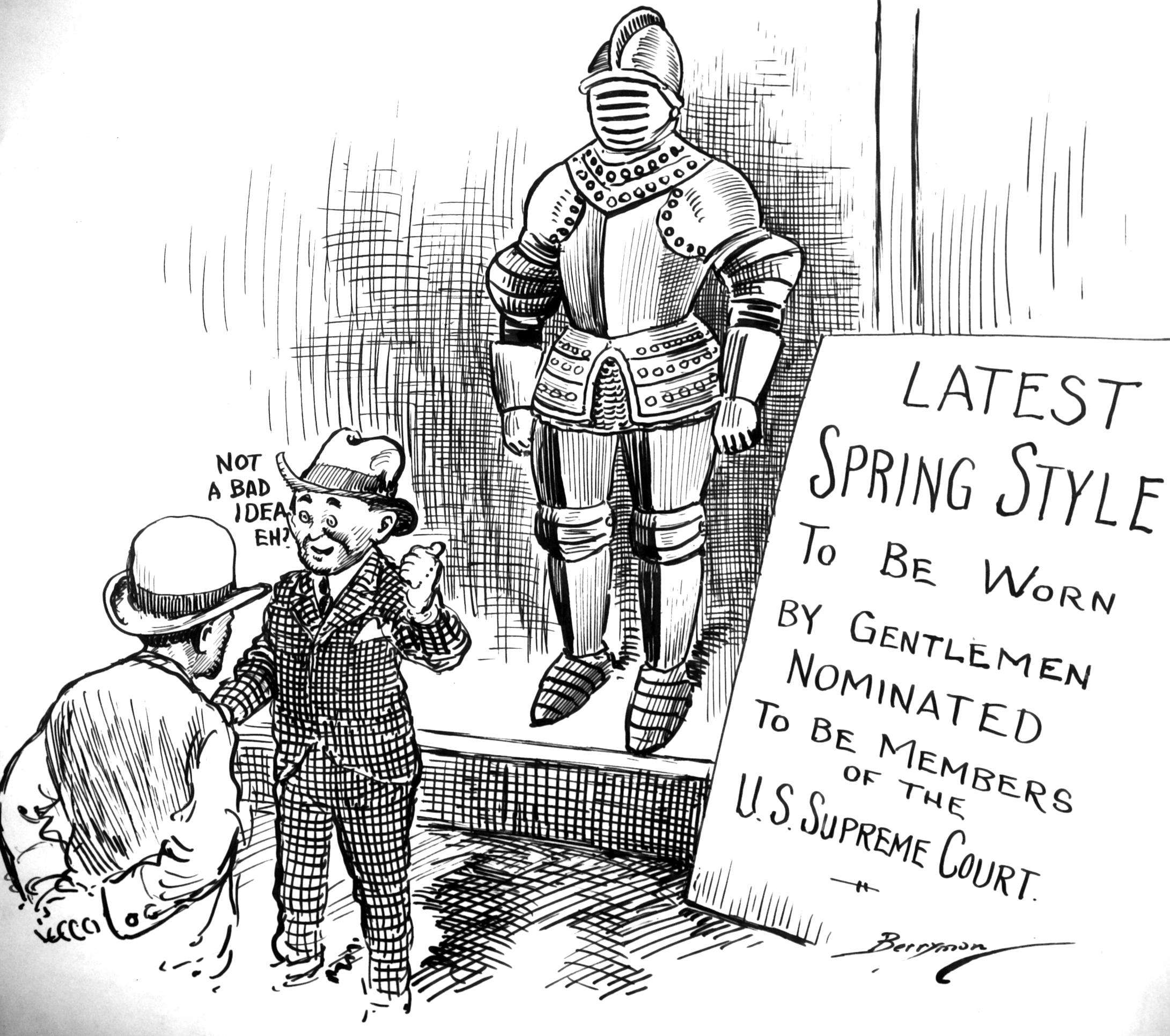Who Put You in Charge?
Focusing on Details: Compare and Contrast
All documents and text associated with this activity are printed below, followed by a worksheet for student responses.Introduction
The Constitution outlines how Members of Congress, the President, and Supreme Court justices take office. American voters play a direct or indirect role in each process. Compare these three political cartoons by Clifford Berryman to distinguish who puts Members of Congress, the President, and Supreme Court Justices in charge.Examine each cartoon carefully. Identify the people, objects, and places in each cartoon. Pay attention to the text.
After you have examined each cartoon, answer the discussion questions.
Complete the activity by answering the questions in the "When You're Done" section.
Name:
Class:
Class:
Worksheet
Who Put You in Charge?
Focusing on Details: Compare and Contrast
Examine the documents included in this activity and write your response in the space provided.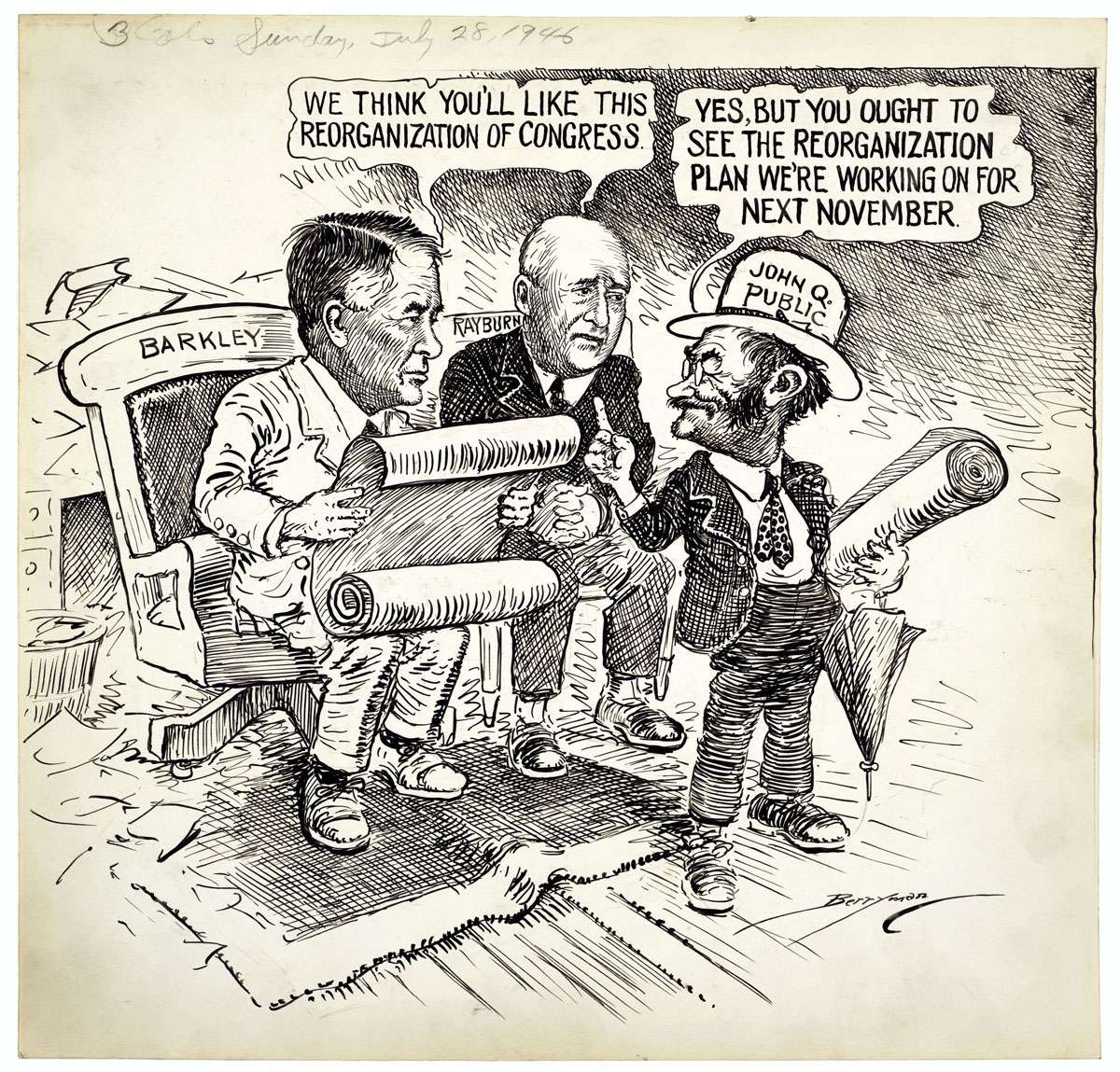
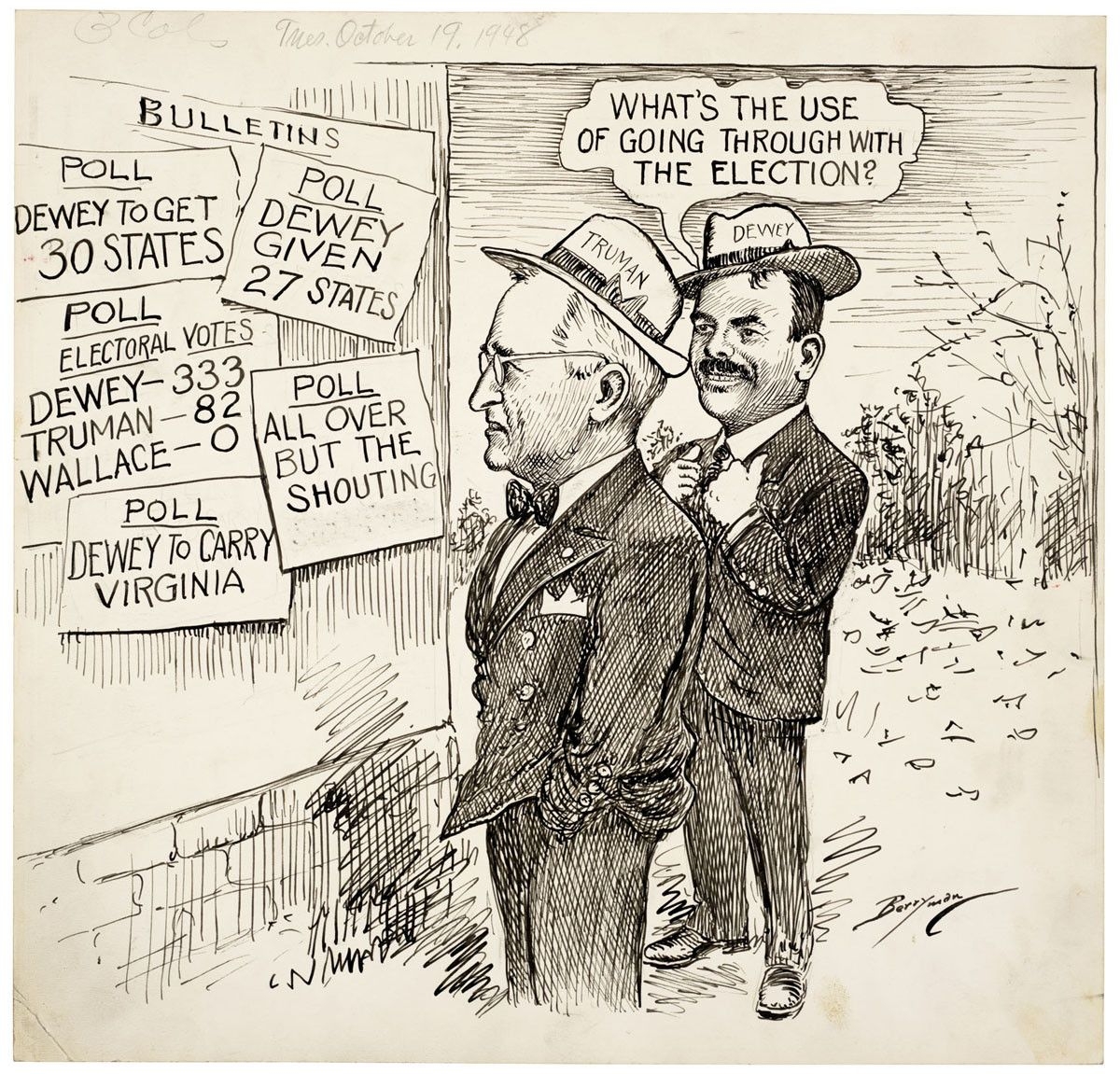
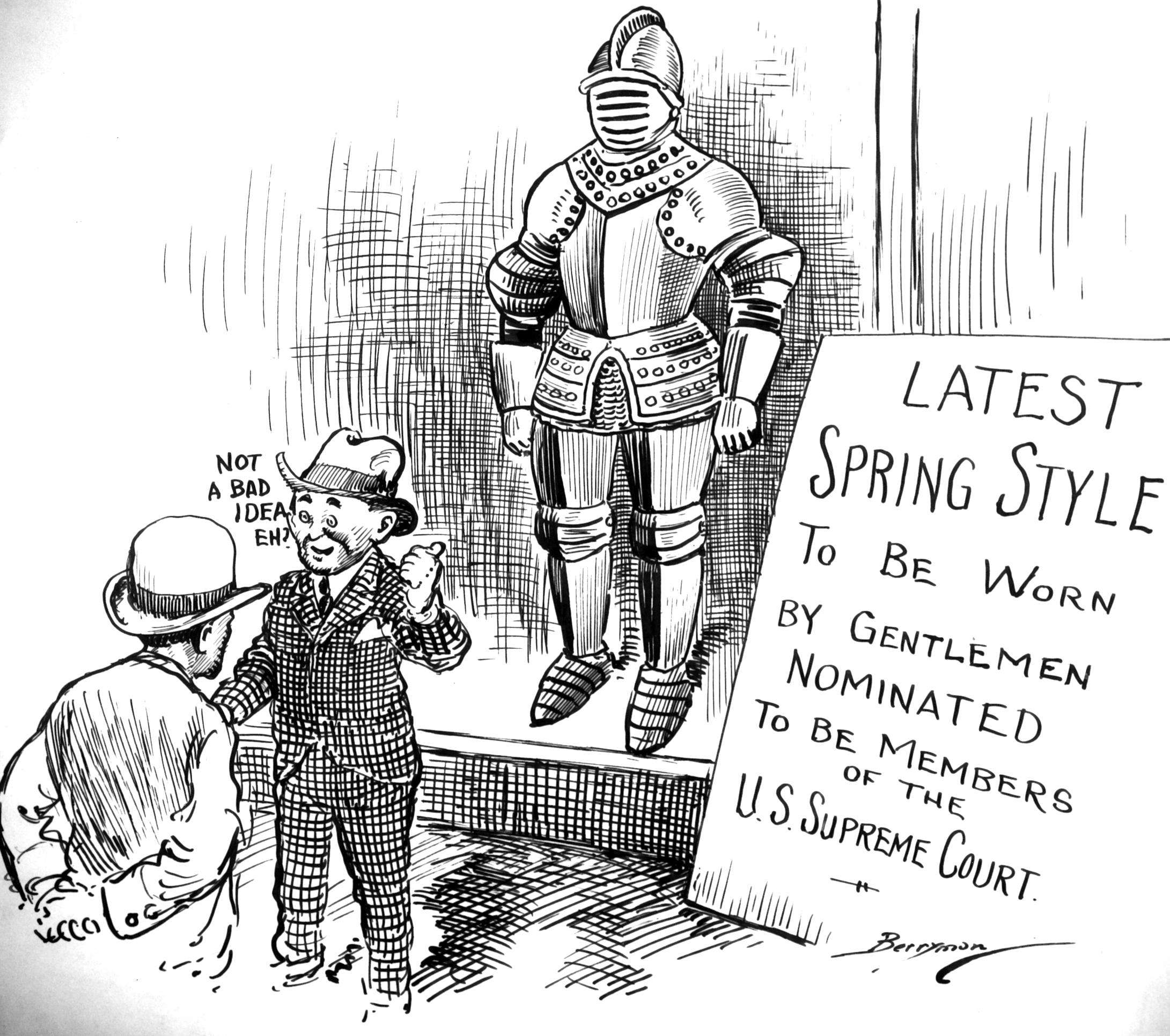
After you have examined each cartoon, answer the following questions:
- Are any of the visuals in the cartoon symbols? If so, what do you think they stand for?
- Which branch of government is represented in each cartoon?
Consider: How does the artist, Clifford Berryman, represent the process by which members of Congress, the President, and Supreme Court Justices take office? (Who decides who gets to be a Member of Congress, the President, and a Supreme Court Justice?) Use the corresponding sections of the Constitution for reference:
- Members of Congress: Article 1, Section 2 and the 17th Amendment
- The President of the United States: Article 2, Section 1 and the 12th Amendment
- The Supreme Court: Article 2, Section 2
Your Response
1
Activity Element
Untitled. [Reorganization of Congress]

2
Activity Element
Untitled. [What`s the Use of Going Through With This Election?]

3
Activity Element
Untitled

Conclusion
Who Put You in Charge?
Focusing on Details: Compare and Contrast
- Based on your observations of each political cartoon, what are the differences between how Members of Congress, the President, and the Supreme Court Justices take office?
- According to the United States Constitution, which branch is the only branch of government that is directly elected by the people?
- How are citizens' voices reflected in the presidential election and appointment of Supreme Court Justices?
Your Response
Document
Untitled. [Reorganization of Congress]
7/28/1946
Having the voters choose their representatives is an important way that the ideal of popular sovereignty is translated into political reality. Each election allows the voters to take stock of the work of their representatives, and every two years each voter has a chance to appraise the work of their representatives in Congress. This cartoon refers to the Legislative Reorganization Act of 1946. Cartoonist Clifford Berryman appears to imply that the Democratic leadership in Congress, Senate majority leader Alben W. Barkley (D-Ky.) and House Speaker Sam Rayburn (D-Tex.), had hopes that Congressional reform would be politically popular. However, John Q. Public's reply suggests that Berryman was skeptical of reform's political impact. As it turned out, the Republicans swept to power in November, 1946, gaining control of the House and Senate.
This cartoon was drawn by Clifford Berryman, one of Washington, DC's best-known cartoonists in the early to mid-1900s. Berryman drew for the Washington Post and Evening Star newspapers. His cartoons touched on a variety of subjects including politics, elections, and both World Wars.
This cartoon was drawn by Clifford Berryman, one of Washington, DC's best-known cartoonists in the early to mid-1900s. Berryman drew for the Washington Post and Evening Star newspapers. His cartoons touched on a variety of subjects including politics, elections, and both World Wars.
This primary source comes from the Records of the U.S. Senate.
National Archives Identifier: 306100
Full Citation: Untitled. [Reorganization of Congress]; 7/28/1946; Berryman Political Cartoon Collection, 1896 - 1949; Records of the U.S. Senate, ; National Archives Building, Washington, DC. [Online Version, https://www.docsteach.org/documents/document/reorganization-of-congress, April 25, 2024]Untitled. [Reorganization of Congress]
Page 1
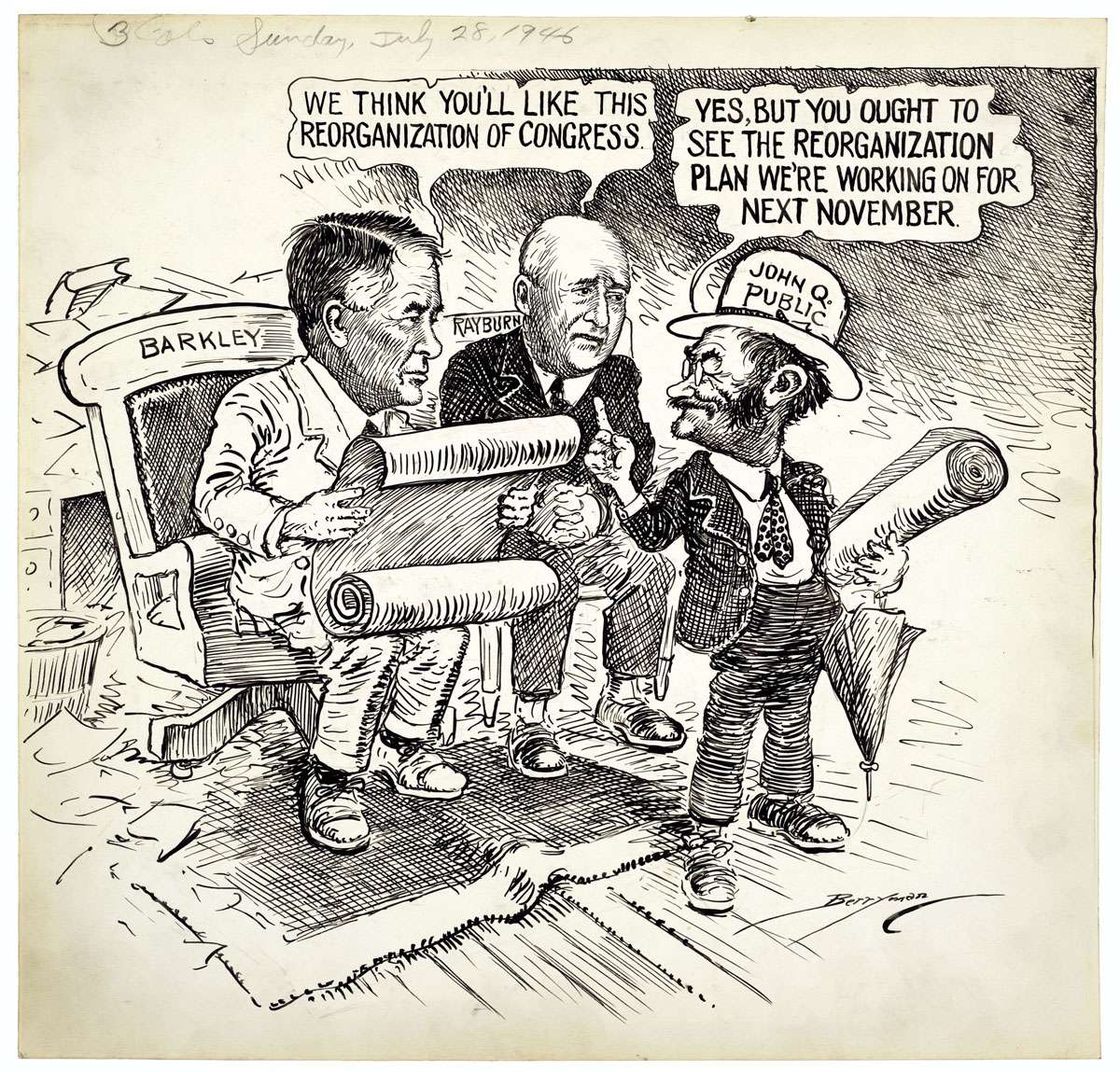
Document
Untitled. [What's the Use of Going Through With This Election?]
10/19/1948
This cartoon concerns the 1948 presidential election. President Harry S. Truman, the Democratic Presidential nominee in the election of 1948, was widely expected to lose by a large margin to Republican nominee Thomas E. Dewey. This cartoon, printed just days before the election, shows Dewey confidently looking over the shoulder of a frowning Truman as they read bulletins showing the prevailing public opinion at the time. Despite several polls predicting a landslide victory for Dewey, Truman won the election in one of the biggest and most well-known political upsets in U.S. history. Journalists at the Chicago Tribune were so convinced that Dewey would win that they prematurely printed the headline "Dewey Defeats Truman" on the front page.
This primary source comes from the Records of the U.S. Senate.
National Archives Identifier: 306150
Full Citation: Untitled. [What's the Use of Going Through With This Election?]; 10/19/1948; Berryman Political Cartoon Collection, 1896 - 1949; Records of the U.S. Senate, ; National Archives Building, Washington, DC. [Online Version, https://www.docsteach.org/documents/document/whats-use-going-through-with-election, April 25, 2024]Untitled. [What's the Use of Going Through With This Election?]
Page 1
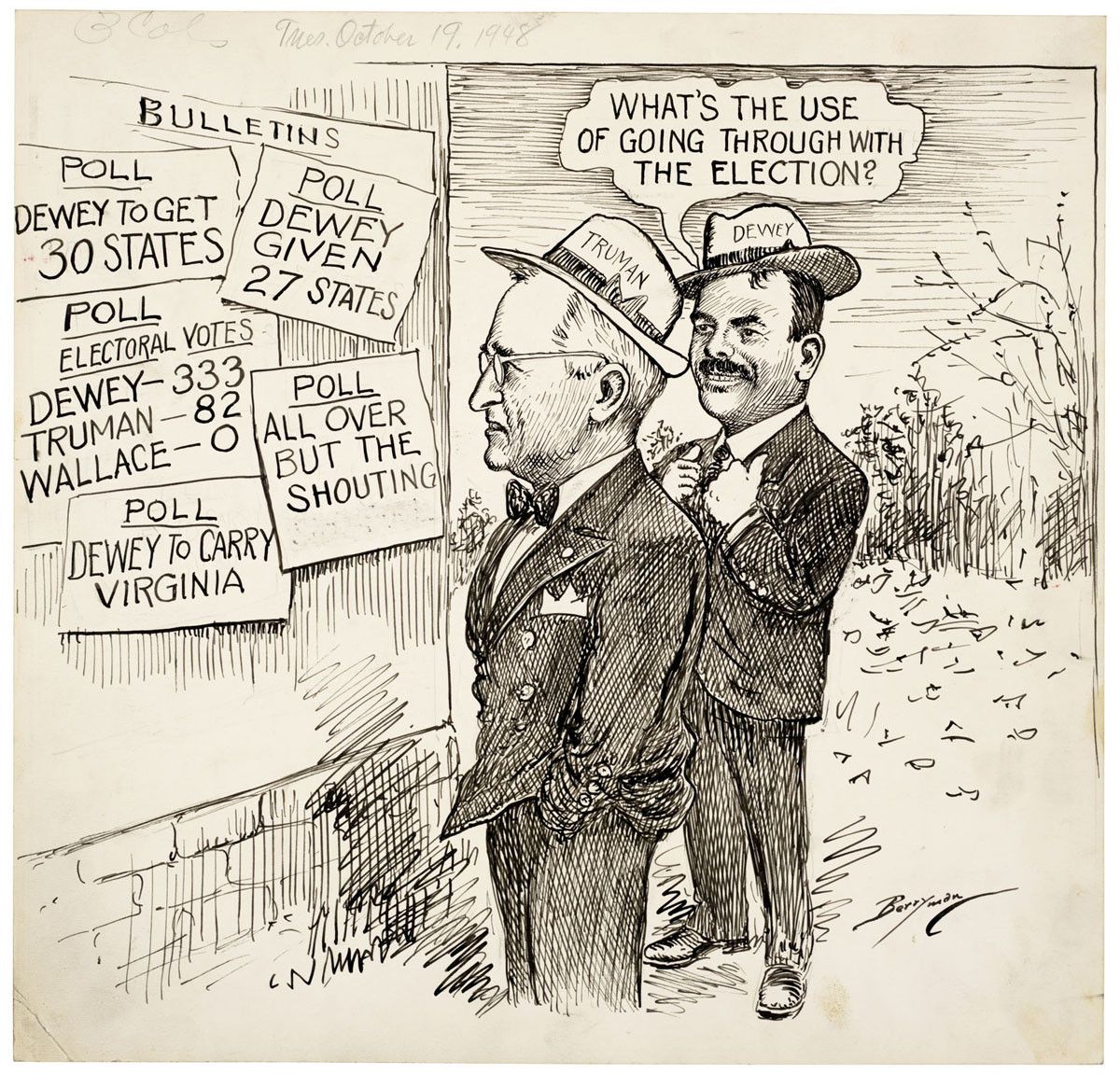
Document
Untitled
4/15/1930
This cartoon refers to the legislative branch review of individuals appointed to the Supreme Court, but it also could apply to any high official whose appointment is subject to Senate confirmation. The Senate has the constitutional responsibility to evaluate the appointments of individuals to high Federal office by Presidents. Although political divisions within the Senate and between it and the White House have sometimes resulted in contentious nomination hearings, the Constitution mandates that the President and Senate must both agree on the appropriateness for office of every major appointee. The resignation of former Chief Justice William Howard Taft in early February focused attention on possible candidates to replace shim. The Senate had to review and approve of the President's nomination for a new Chief Justice, and these Senate committee reviews were notoriously meticulous. In preparation for the reviews, cartoonist Clifford Berryman suggests a full suit of armor for the candidates.
This cartoon was drawn by Clifford Berryman, one of Washington, DC's best-known cartoonists in the early to mid-1900s. Berryman drew for the Washington Post and Evening Star newspapers. His cartoons touched on a variety of subjects including politics, elections, and both World Wars.
This cartoon was drawn by Clifford Berryman, one of Washington, DC's best-known cartoonists in the early to mid-1900s. Berryman drew for the Washington Post and Evening Star newspapers. His cartoons touched on a variety of subjects including politics, elections, and both World Wars.
This primary source comes from the Records of the U.S. Senate, 1789 - 2015.
National Archives Identifier: 6012025
Full Citation: Untitled; 4/15/1930; (F-090); Berryman Political Cartoon Collection, 1896 - 1949; Records of the U.S. Senate, 1789 - 2015, ; National Archives Building, Washington, DC. [Online Version, https://www.docsteach.org/documents/document/latest-spring-style, April 25, 2024]Untitled
Page 1
